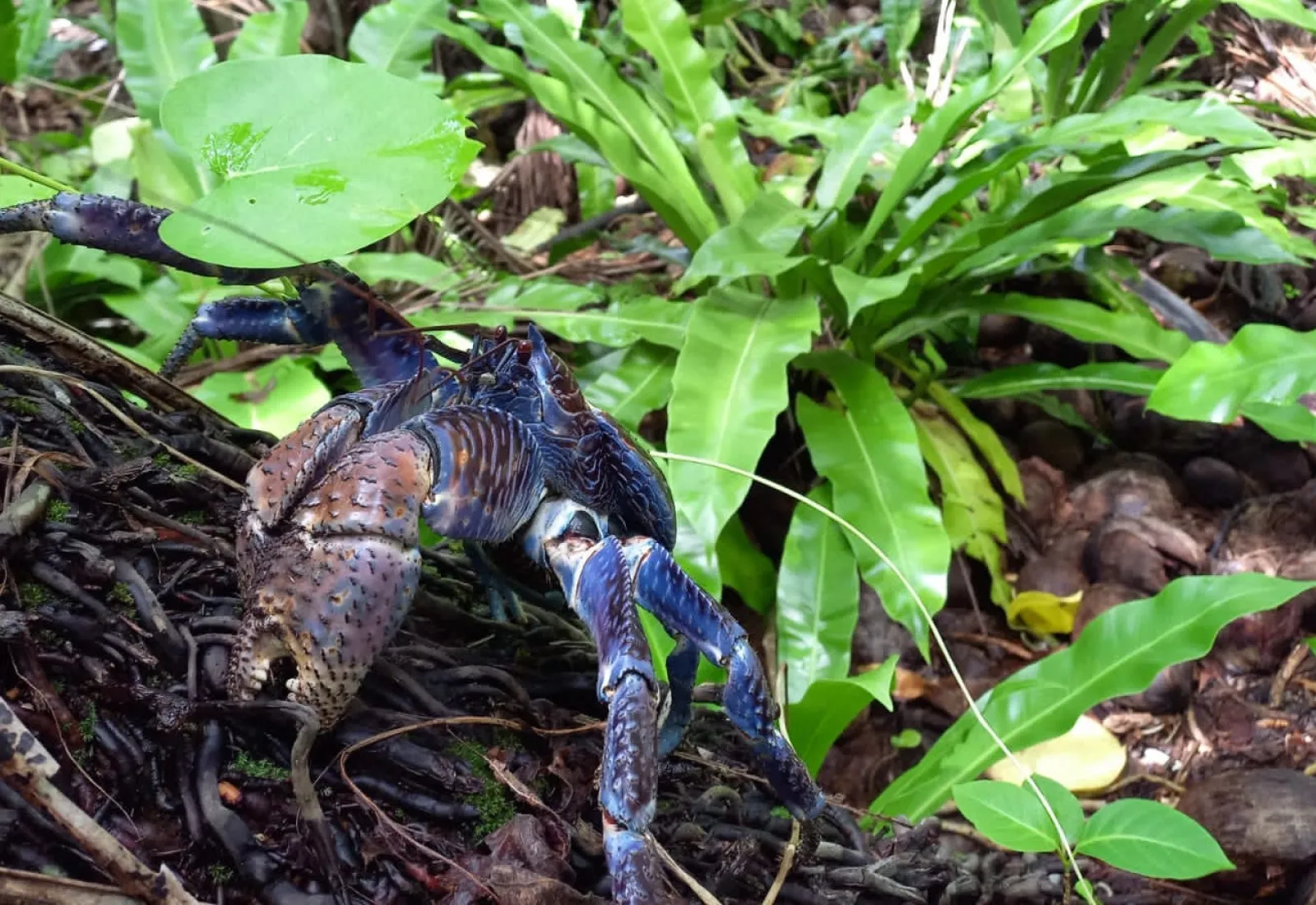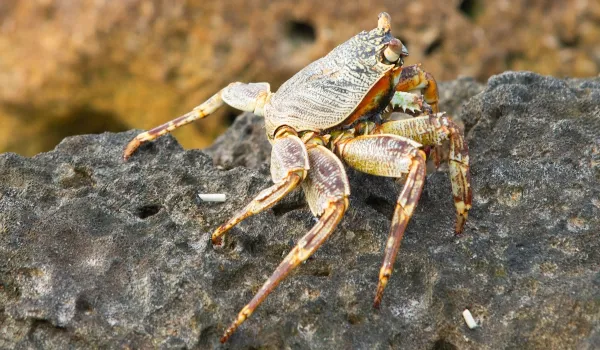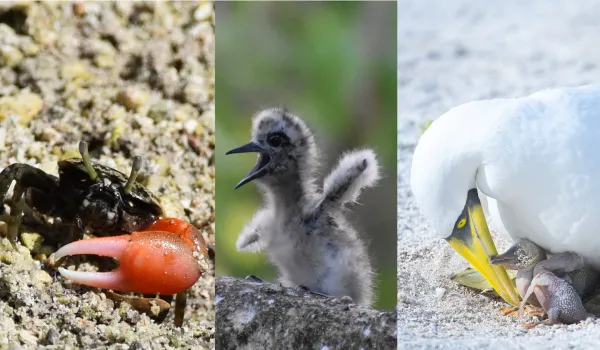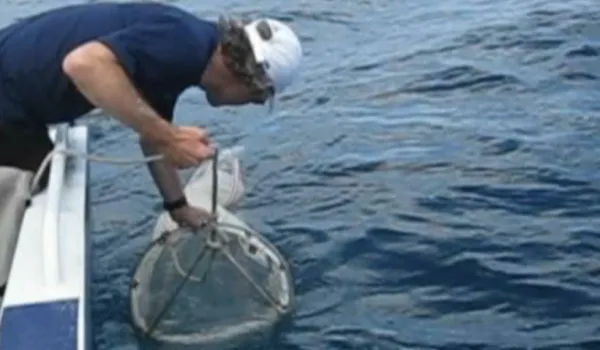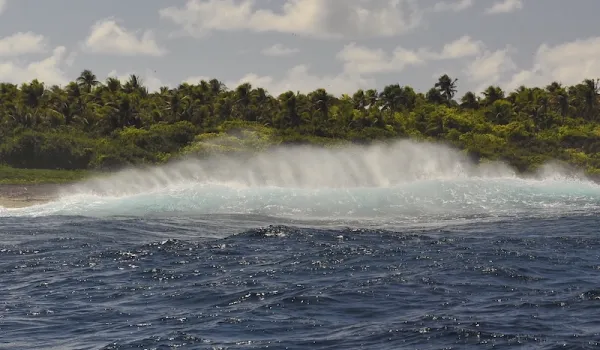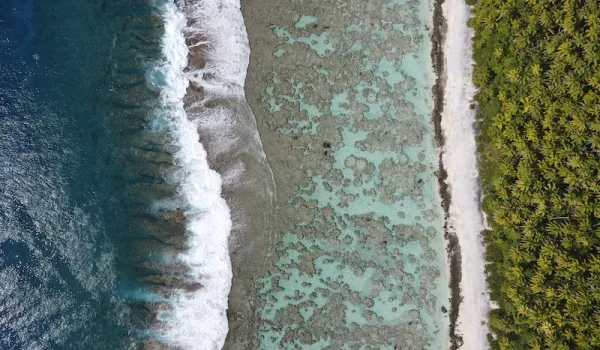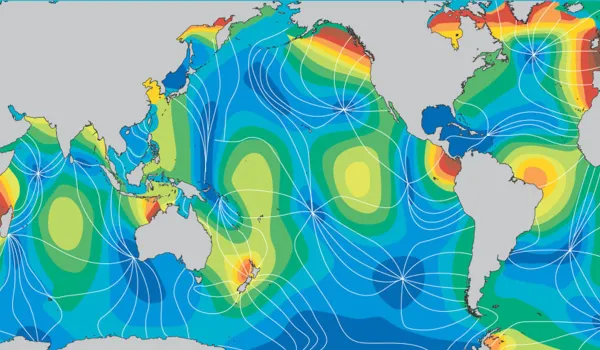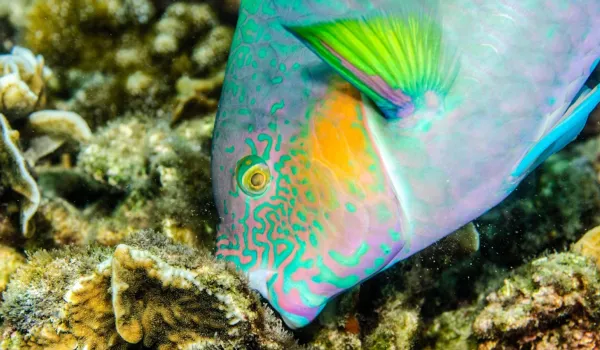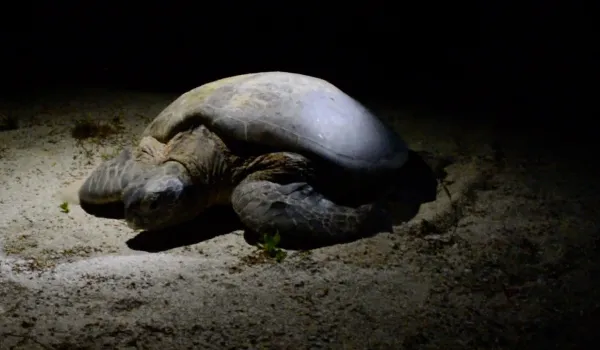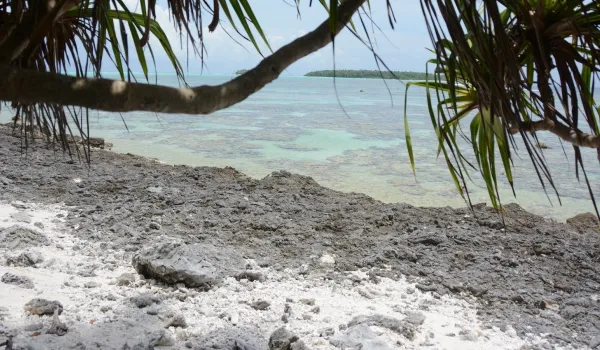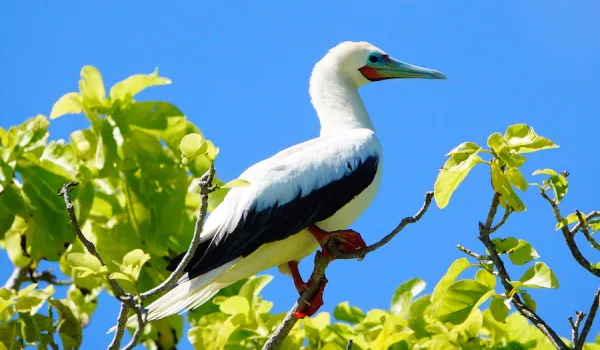It might seem a bit strange to include an article on DNA in our Nature Notes section. But in fact, as readers of past articles will know, the atoll of Tetiaroa is created entirely of organic material, all of which comes from living organisms, all of which have DNA in their cells. So the very basic building block of the island is the DNA macromolecule, and in both active and inactive forms it is everywhere.
DNA is a macromolecule made up of nucleotides that occurs in all organisms as chromosomes. Every species has its own arrangement of nucleotides in its DNA that can be broken down into their functional units called genes. Some genes have very basic functions shared across a broad spectrum of organisms and some are more specific and are shared only among closely related organisms. Some are also only found in particular species.

In any organism the full complement of its DNA, it’s genome, is found in every cell. So when any bit of an organism – skin, leaves, hair, roots, mucous, feces or urine, pollen, whole microorganisms – is left behind in the environment, the cells contain DNA that can be identified to the species. Even when the cells breakdown and strands of DNA are released into the environment it is still possible to collect them and identify them to the species level.

This can only be done because of major advances in genomic research over the last 20 years, using techniques developed to describe the human genome. On the neighboring island of Moorea a consortium of researchers from UC Berkeley, the Smithsonian, the French research station CRIOBE, and others used these techniques to create “genetic barcodes” for every species on the island, from mountaintop to coral reef. The Moorea Biocode Project set the stage for a whole new range of field research using barcodes. For instance, food webs can now be developed using the stomach contents from a fish (or bird, or mosquito, or a spider web) by matching the DNA obtained there against the database created by the project.
On a larger scale, DNA samples can be collected from the environment – seawater, groundwater, soil – to see what is there (so-called eDNA). In the lab DNA can be extracted and the search can be widened to determine all of the species in the sample. This “metabarcoding” is now being used to assay biodiversity in habitats all over the world.
On Tetiaroa researchers are busy identifying and developing barcodes for every species on the island. Since it is only 60 kilometers away from Moorea it is likely that the vast majority of Tetiaroa species are already in the Moorea database, but interest lies in any differences that might be found.

Water from the small lake on motu Rimatu'u was sampled.
However, even while the Biocode work goes on, fieldwork on Tetiaroa using eDNA is already underway. The recent rat eradication work encouraged researchers to see if the DNA of rats could be detected by taking lake water samples. One round of collections was done before eradication and found eDNA signals from both species of rats. Another collection will be done some months after to see how the signal persists after rat removal.
This work may lead to a simple rat detection tool that can be used on islands all over the world. This of course will depend on sensitivity of the eDNA signal. Interestingly, this was highlighted during the first round of collections when American Black Bear DNA was identified from a sample taken from Motu Rimatuu. After assuring ourselves that a bear had not snuck on to the island, the puzzle was solved when it was remembered that one of the visiting researchers had shown pictures of black bear tagging that he had done in Oregon.
Another planned eDNA use will be for a new project to detect the movement and ecology of lanternfish in the ocean surrounding Tetiaroa. These fish, which constitute more biomass globally than any other group of fish, move up and down in the water column on diurnal cycles and should leave eDNA traces every night when they are close to the surface. The hope is that these samples will give researchers clues into the behavior and ecology of these fish which are extremely important to the health of our oceans.

Lanternfish constitute more biomass globally than any other group of fish


